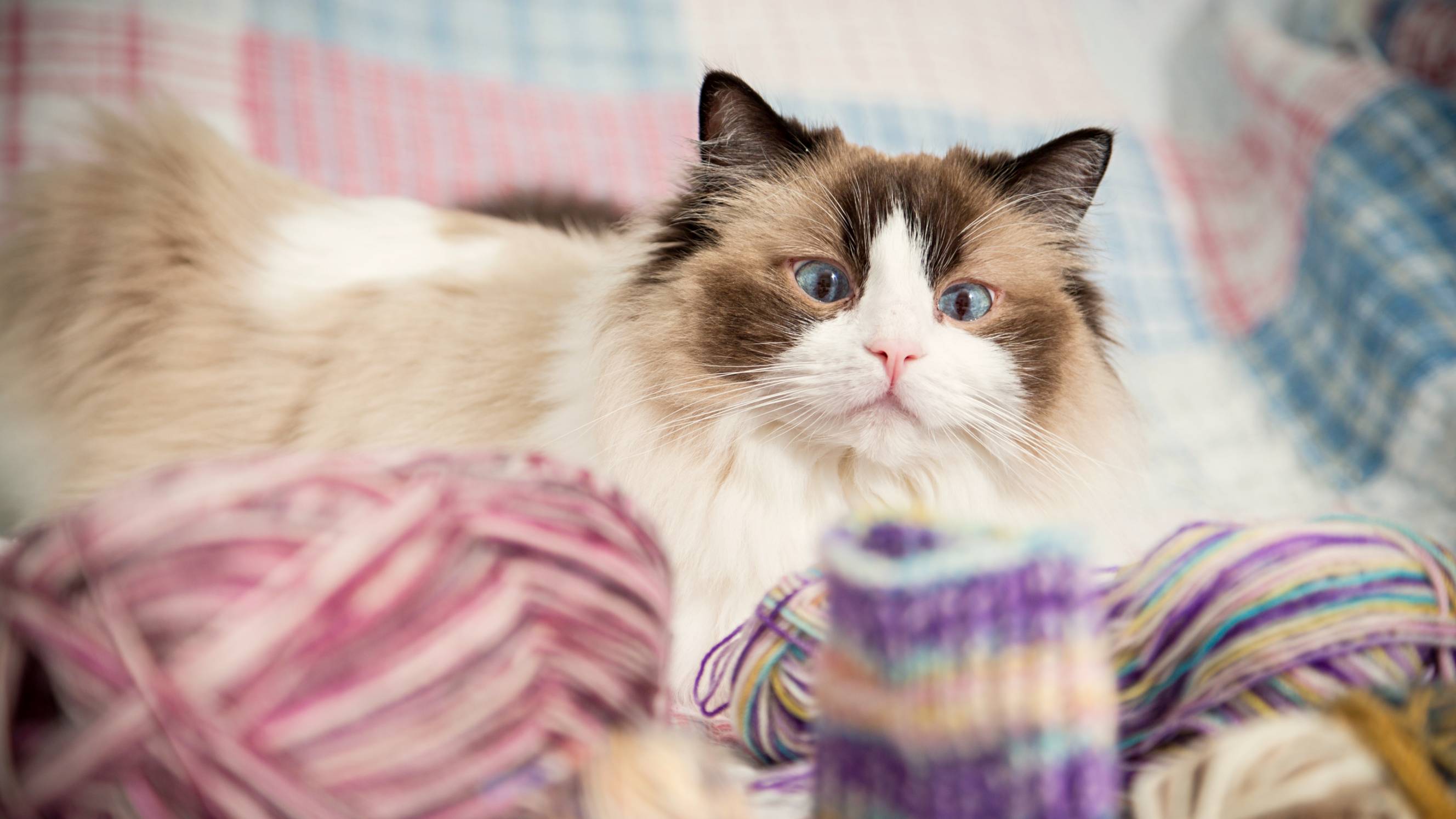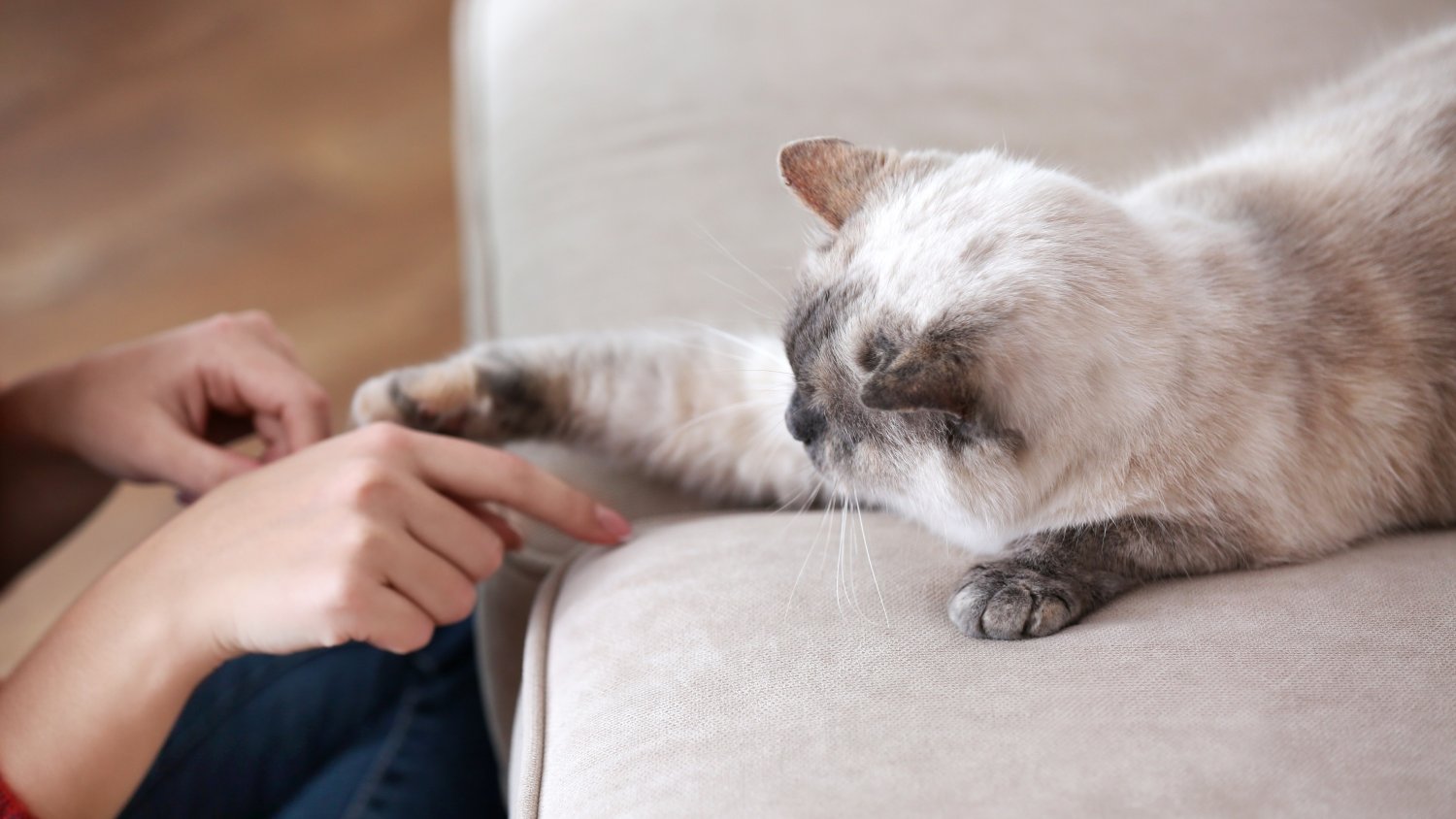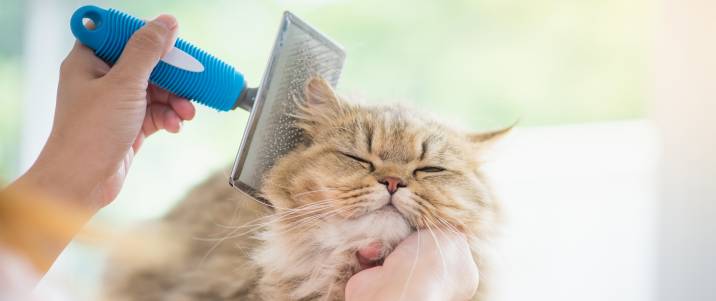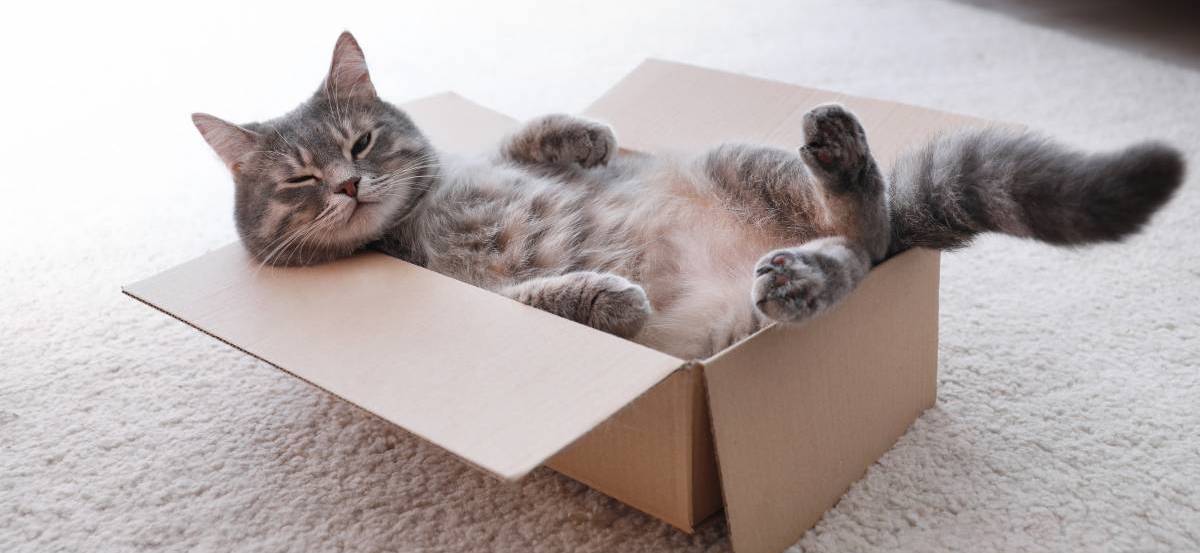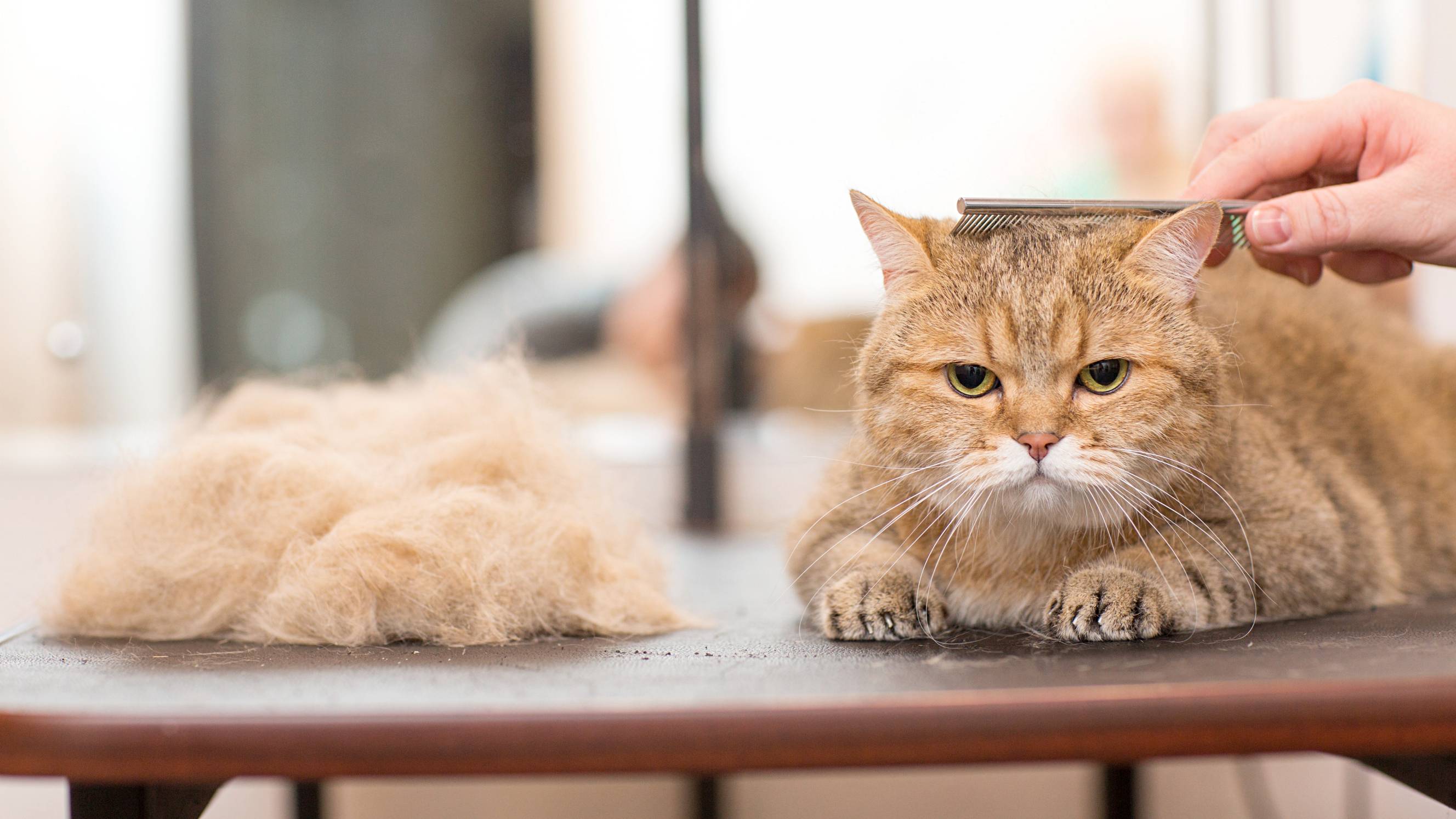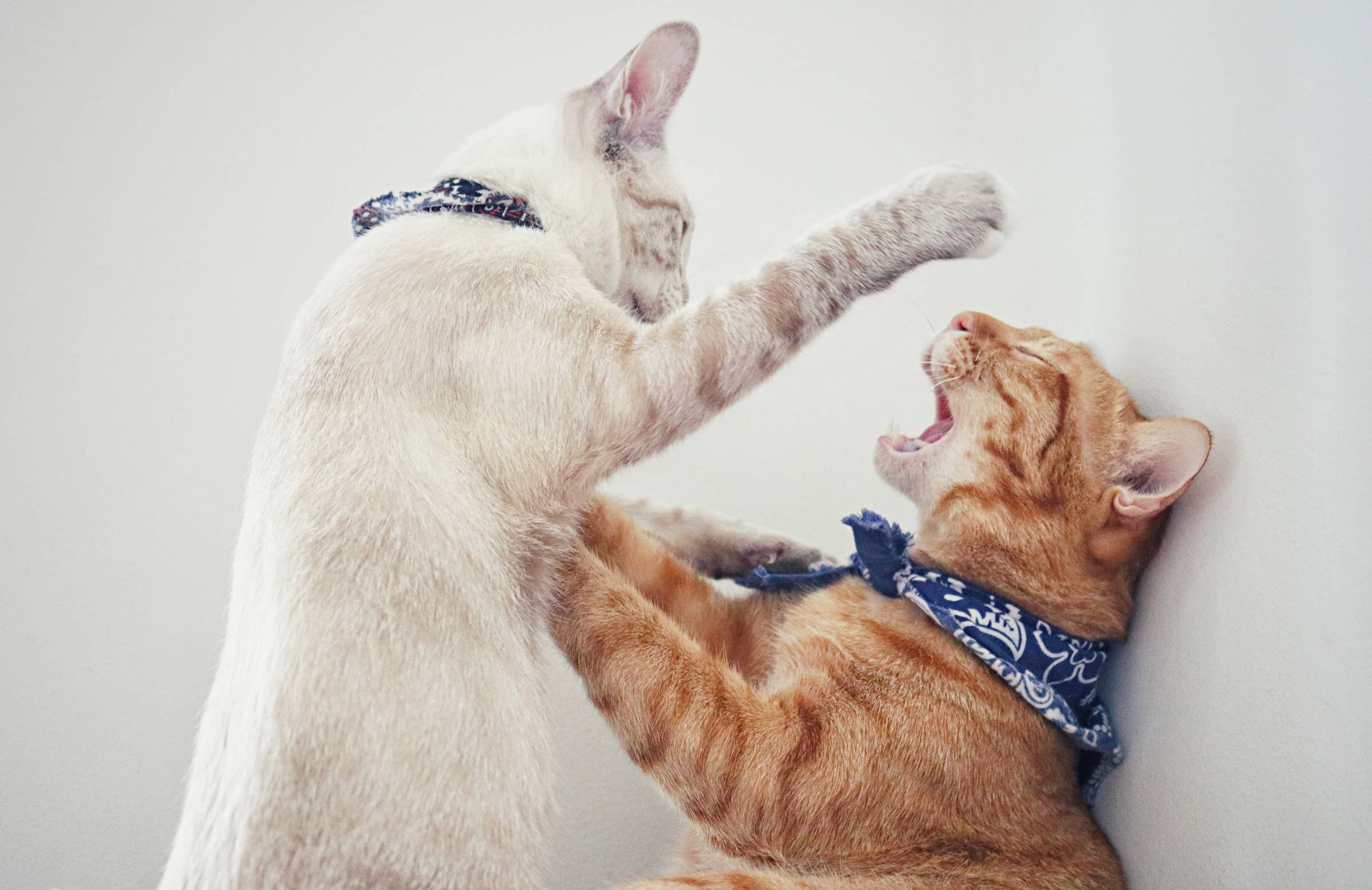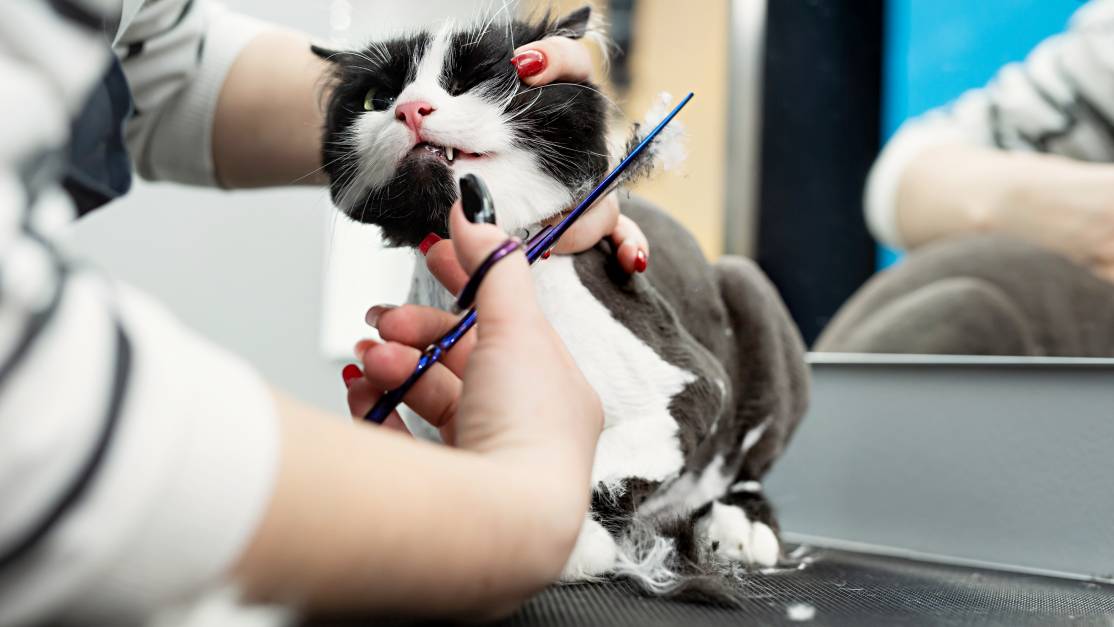- Home/
- Comparisons/
- Cat Care/
- Calico Cat vs Tortie
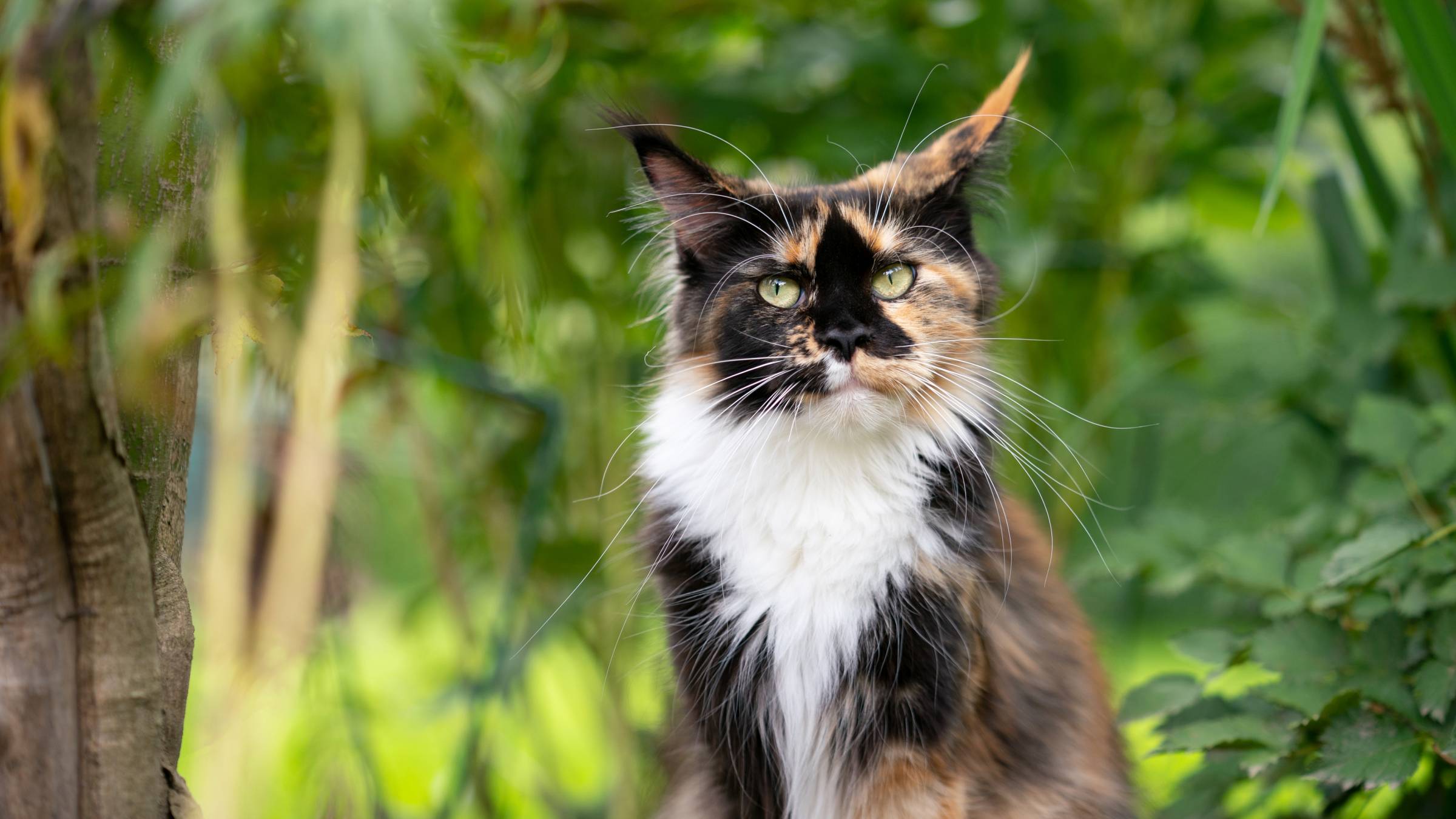
Calico vs tortie cats: Are they exactly the same?
Comparing calico and tortie cats based on colour, coat pattern, and more
Hire a cat care expertLast Updated on

Written by Joshua G.
Staff Writer
Read more about our contributor
Key Facts
- A calico cat is a feline of any breed with a coat pattern of white, orange, and black patches. Its name was derived from a colourful type of fabric.
- A tortie cat is also a feline of any breed but with a black and orange coat in a brindled pattern. Its name comes from the tortoise, whose shell colouring its fur typically resembles.
For soon-to-be or current cat owners, knowing a cat’s breed is important to learn about its specific care requirements, personality, and medical predispositions. In certain instances, it can even be worthwhile to research if a cat’s coat pattern—like in the case of a calico cat vs tortie—can indicate its other characteristics.
However, many people find it difficult to tell the difference between calico and tortoiseshell cats. With that being the case, this tortie cat vs calico guide aims to shed light on the distinctions between these two types of feline fur patterns.
What is a calico cat?
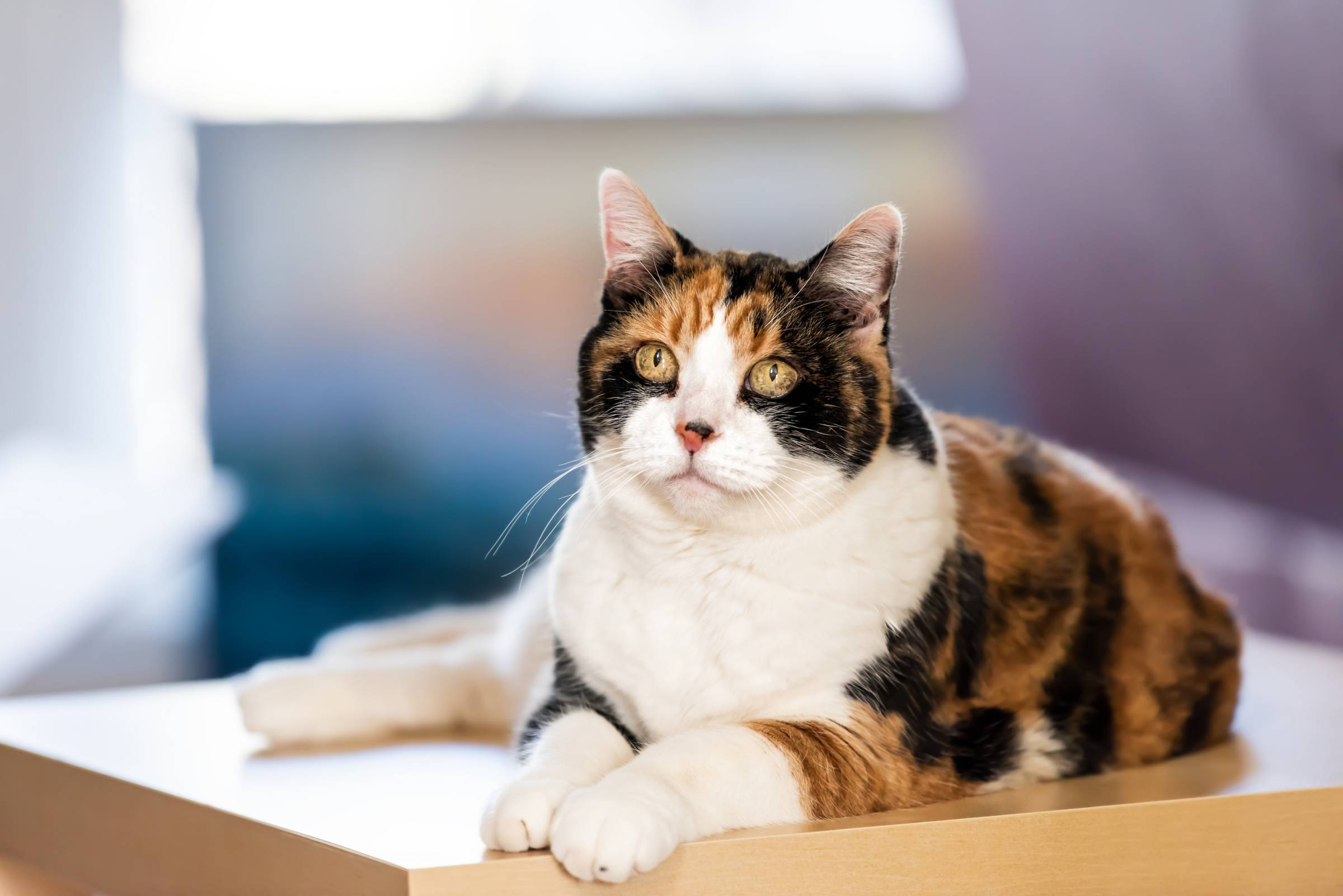
Calicos are domestic cats from any breed with a coat pattern of orange, black, and white splotches. Depending on the breed, they are typically medium-sized, weighing up to 5.5 kilogrammes and growing up to 45 centimetres long. British and American shorthair, Persian, and Devon Rex are some common breeds that display a calico pattern.
What is a tortie cat?
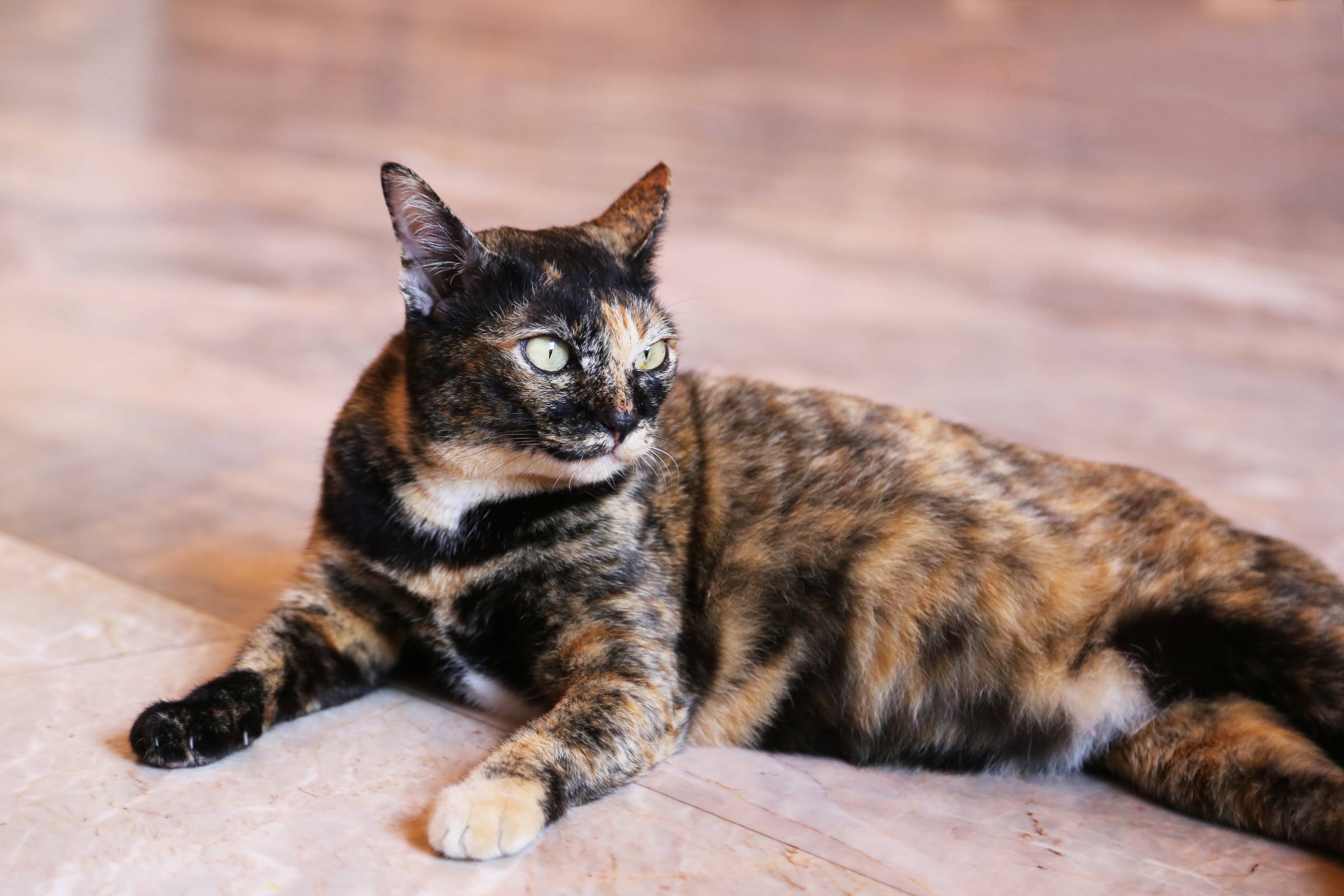
Tortie or tortoiseshell cats are also domestic felines that are not exclusive to a specific breed. However, certain breeds are more prone to their coat pattern of speckled orange and black. These include the Maine Coon, which can weigh up to 11.5 kilogrammes, and the Cornish Rex, which is on the lighter side at three to four kilogrammes.
Tortoiseshell cat vs calico: How are they different?
Calico and tortoiseshell cats differ not just in their appearance but also in other ways:
In terms of colour
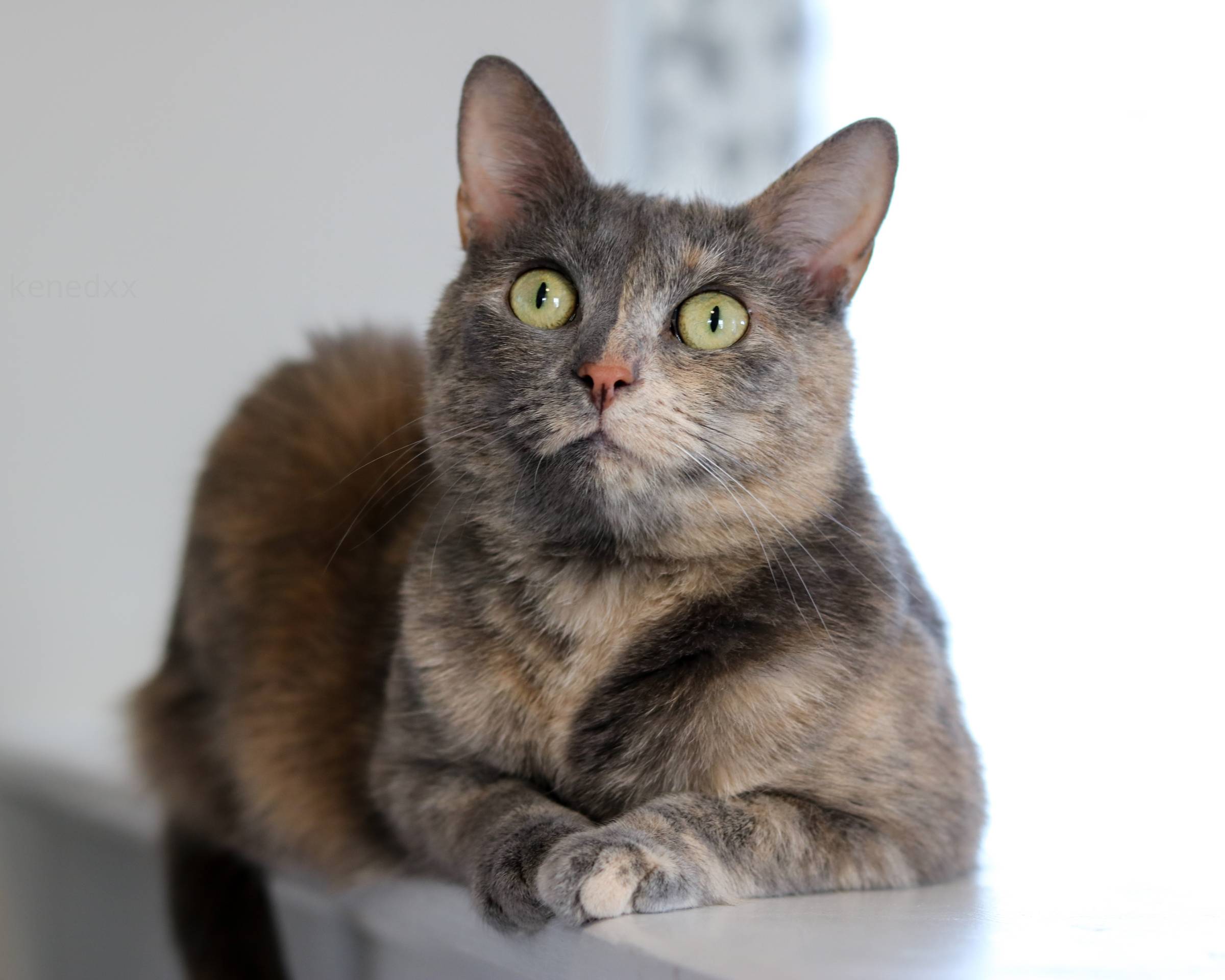
As mentioned above, calico cats have a white, orange, and black coat. Some are predominantly white, while others are mostly black and orange. These tri-coloured animals are dubbed dilute calicos when they come in pastel shades.
Meanwhile, tortoiseshell cats usually only come in two colours—black and orange. But like a calico cat, a tortie can be of a lighter hue and appear with cream and grey tones.
In terms of coat pattern

The calico fur pattern is usually characterised by small patches of orange and black on a mostly white coat. Alternatively, big splotches of these three colours may spread across the cat’s body.
On the other hand, the tortie pattern is typically composed of speckles of black and orange with no traces of white. Some tortoiseshell cats also come with a tabby pattern, such as stripes or swirls, as well as an M shape on the forehead. These tabby markings on a tortie cat’s coat result in the rare variety called torbie cats.
In terms of personality
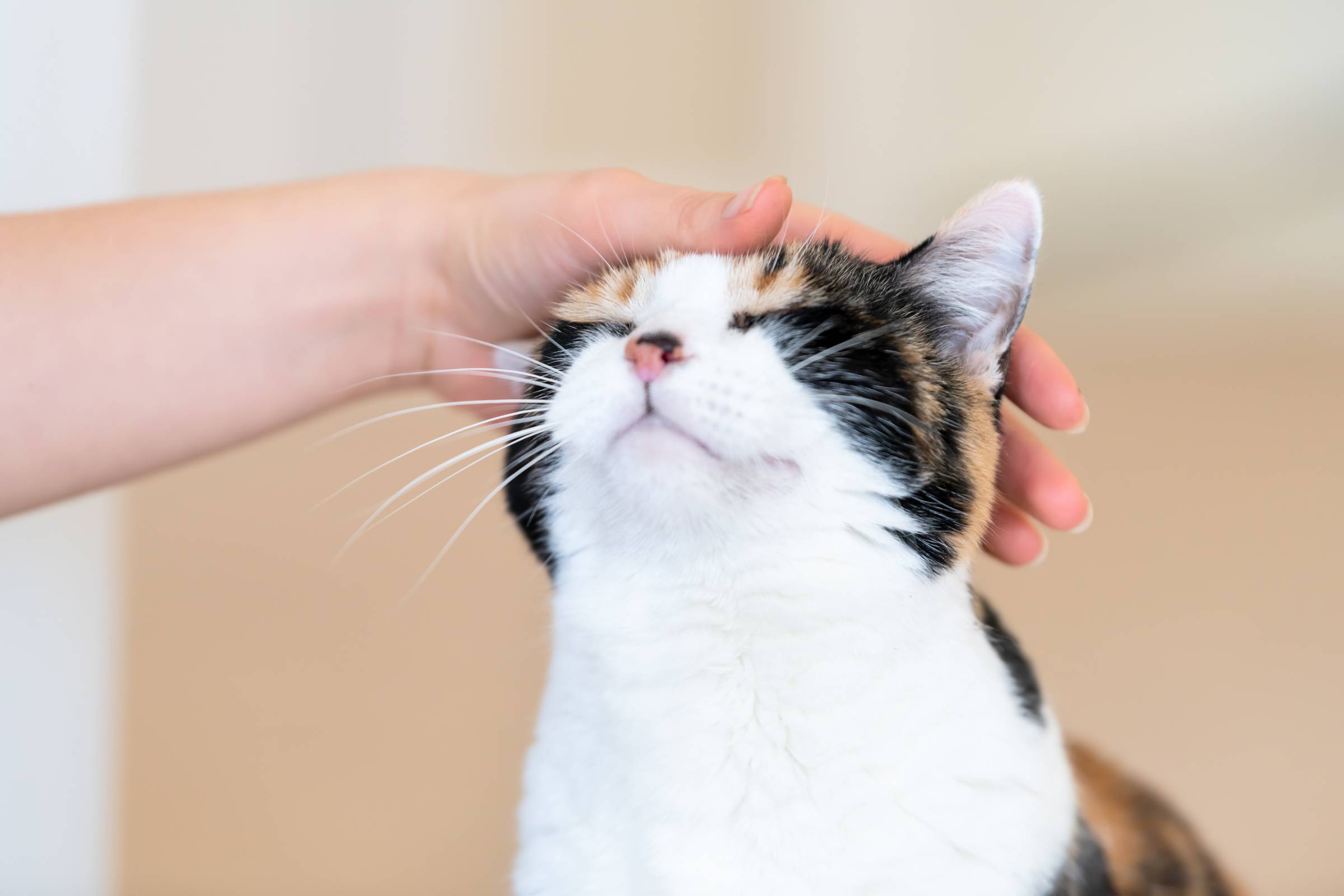
A common trait observed among calico and tortie cats is their independence. However, a calico cat tends to be more affectionate and playful, making them the perfect companion in a household with kids and other pets. As a whole, calicos are also intelligent and spunky.
Meanwhile, pet owners and enthusiasts know tortoiseshell cats for their ‘tortitude.’ They can be feisty, dominant, and destructive around the house, which means they may need to undergo cat training. These cats also like expressing themselves vocally. Nevertheless, they can be very loyal to their humans once their trust has been earned.
In terms of rarity/reproduction complexity

While both are generally considered rare, a tortie coat is less common than a calico fur pattern. The reason for their rarity boils down to a chromosomal abnormality; in female tortoiseshell and calico cats, one X chromosome becomes inactive to prevent a gene imbalance, and this manifests as an unusual coat appearance.
For the same reason, a male tortoiseshell or calico cat is a much rarer sighting. In fact, a tortie or calico pattern only occurs in male cats with Klinefelter syndrome, which means most of them are sterile or incapable of reproduction.
Cat breeders may also find it difficult to reproduce both types due to their genetic traits, but there’s a higher chance of getting a litter with torties and calicos if either or both parent cats also have these coat patterns.
In terms of cultural impact
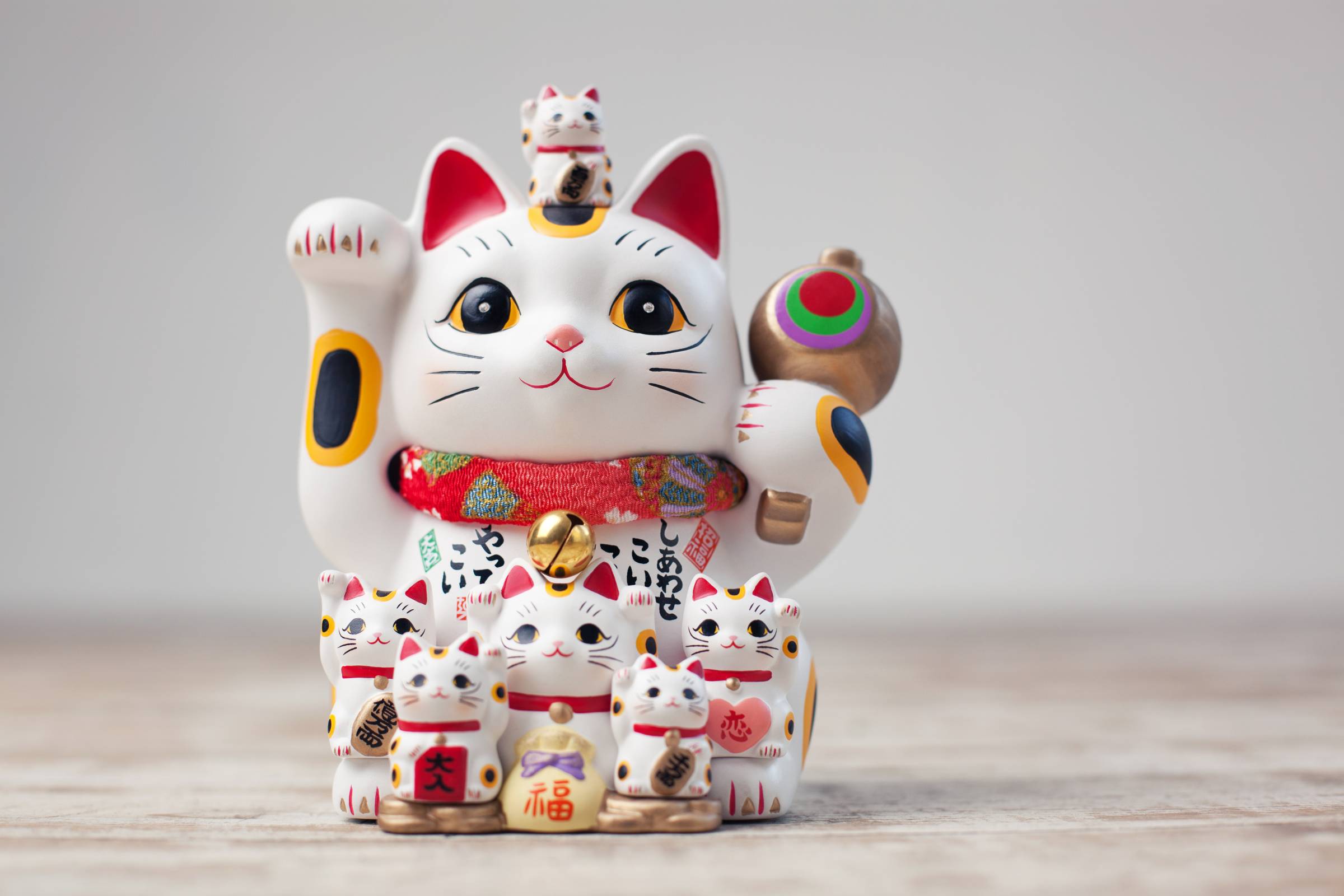
Across different time periods and various cultures, both tortie and calico cats have been seen as signs of good fortune. Male torties were seen as lucky in Celtic folklore, while the Japanese often depict calico cats today as maneki-neko figurines. In the US, torties and calicos are also referred to as money cats.
Some famous creatures from the cat world include two calicos: Peter Rabbit creator Beatrix Potter’s Marzipan, as well as Demeter from Old Possum’s Book of Practical Cats by T.S. Eliot. Another Marzipan, this time a tortoiseshell, was the resident cat of the Astor Theatre in Australia. Edgar Allan Poe also owned a tortie named Cattarina.
Care for your calico or tortie cat with Airtasker

If you are living with a calico or tortoiseshell cat and you have no time to deal with its needs, you can visit Airtasker and search for professionals experienced in cat care, cat grooming, or cat sitting.
Start the process of hiring an expert by creating a post and filling in some details, such as the job that needs to be done, your location, your budget, and whether your cat is female or male. The platform also has Taskers who can care for other types of pets.
Learn more about our contributors

Written by Joshua G.
Staff Writer
Josh is a meticulous wordsmith with multiple hobbies, ranging from reading fiction and playing classical instruments to caring for his cats and tending to his grandmother’s garden. His bachelor’s degree in language and literature enables him to cover various topics comprehensively without word salad. He loves creating practical guides, keen to enlighten Airtasker readers and help them complete their to-do lists.
Calico cat vs tortie
|
Calico Cat |
Tortie Cat |
|
|---|---|---|
|
Colour |
Black, orange, and white; can be of a lighter shade |
Black and orange or grey and cream |
|
Coat Pattern |
Mostly solid patches |
May be mottled, striped, or swirly |
|
Personality |
More friendly, affectionate, and loyal |
More aggressive and independent |
|
Reproduction Complexity |
Less rare than torties |
Much more uncommon than calicos |
|
Cultural Impact |
Seen as a lucky sign |
Also viewed as a symbol of good fortune |
FAQs on calico and tortie cats
Calico vs tortie lifespan is not much different because both have a life expectancy of around 15 years.
Calico cats do not usually transform into torties, or vice versa, as they grow old. Nevertheless, changes in fur colour may occur for various reasons. For instance, cats may develop more grey hair as they age, begin having lighter tones due to sun exposure, or suddenly change fur colour due to vitamin deficiency.
Because calicos and torties are rare and sought-after, they usually fetch high prices compared to other cats if bought from a respected breeder.
Find cat care services, fast
Post a task
Related articles
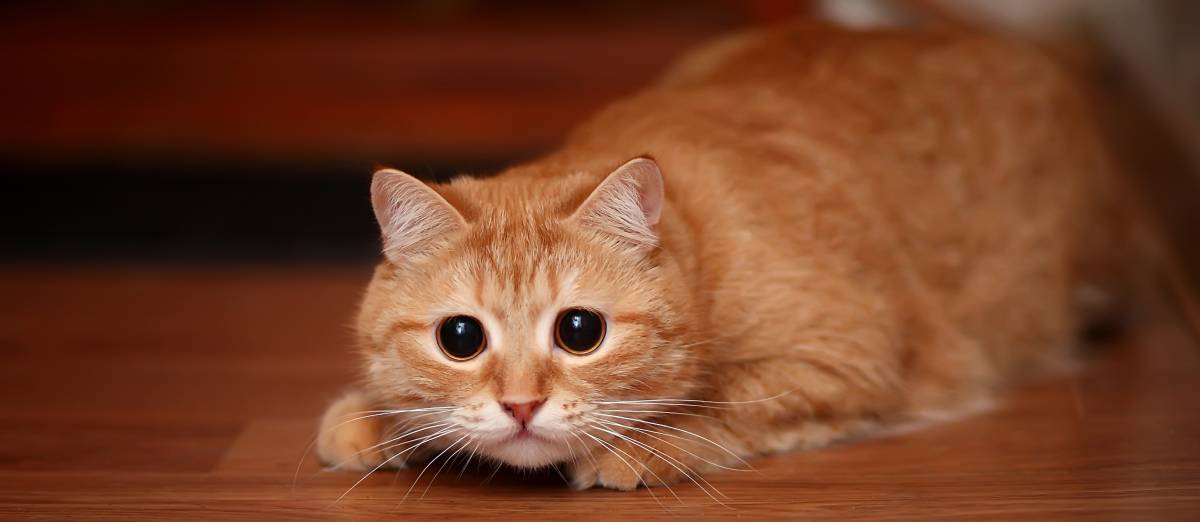
Grooming tools for anxious cats
Read more
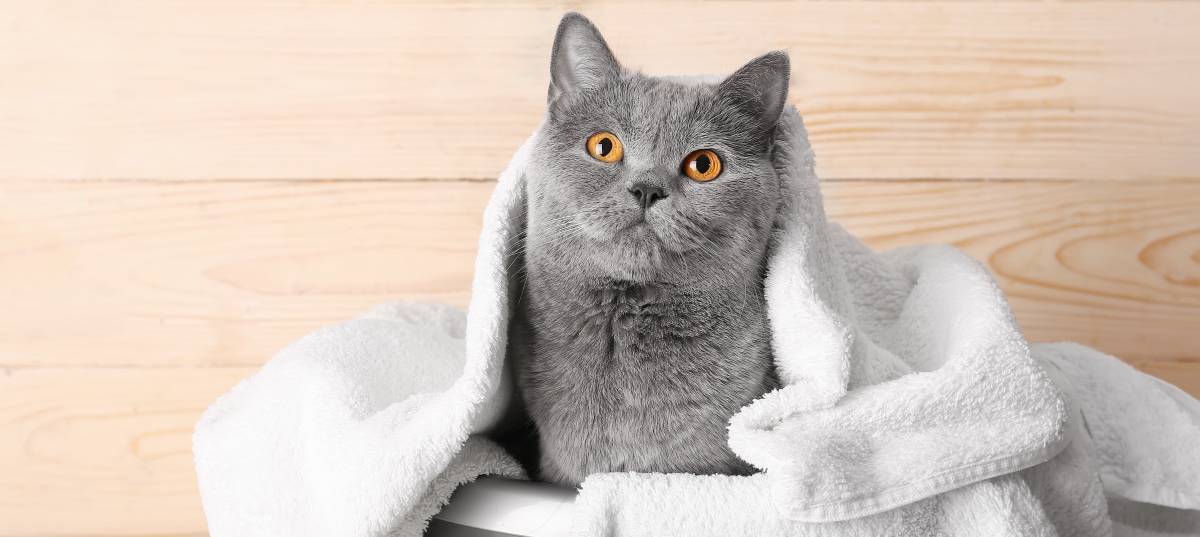
How to groom a cat at home
Read more
Related price guides
